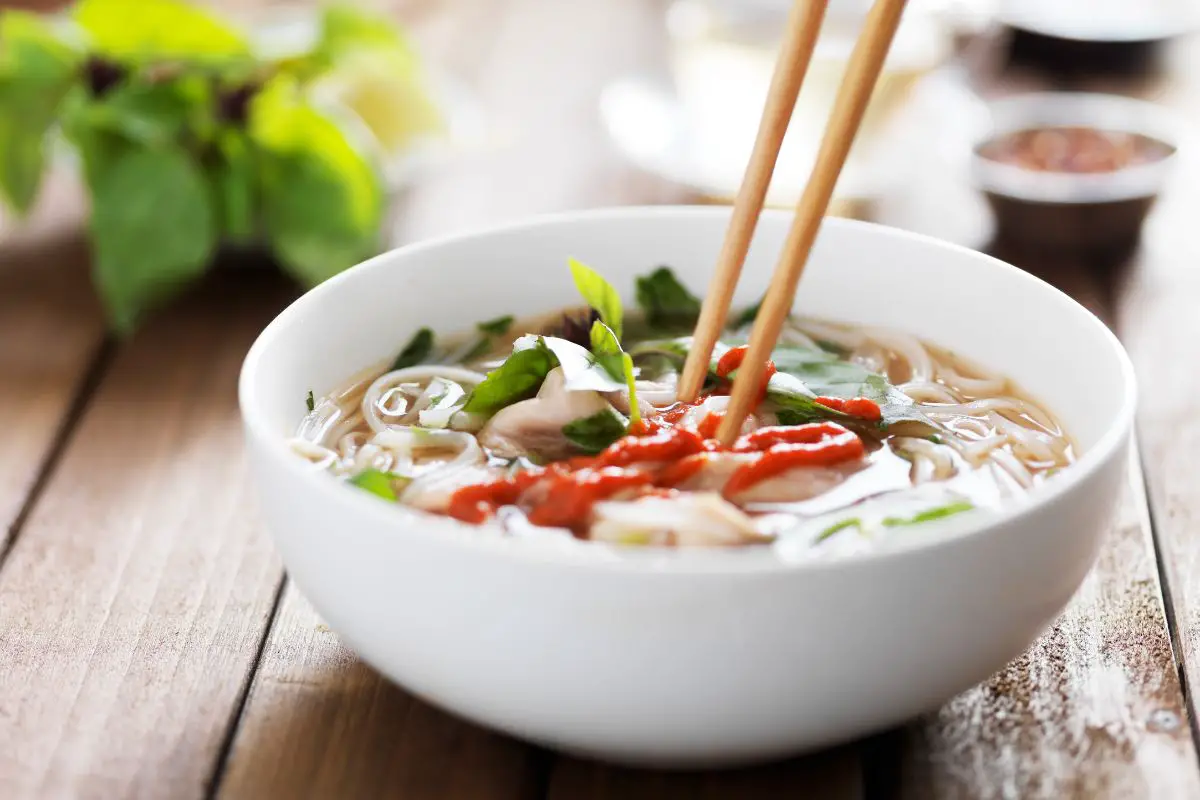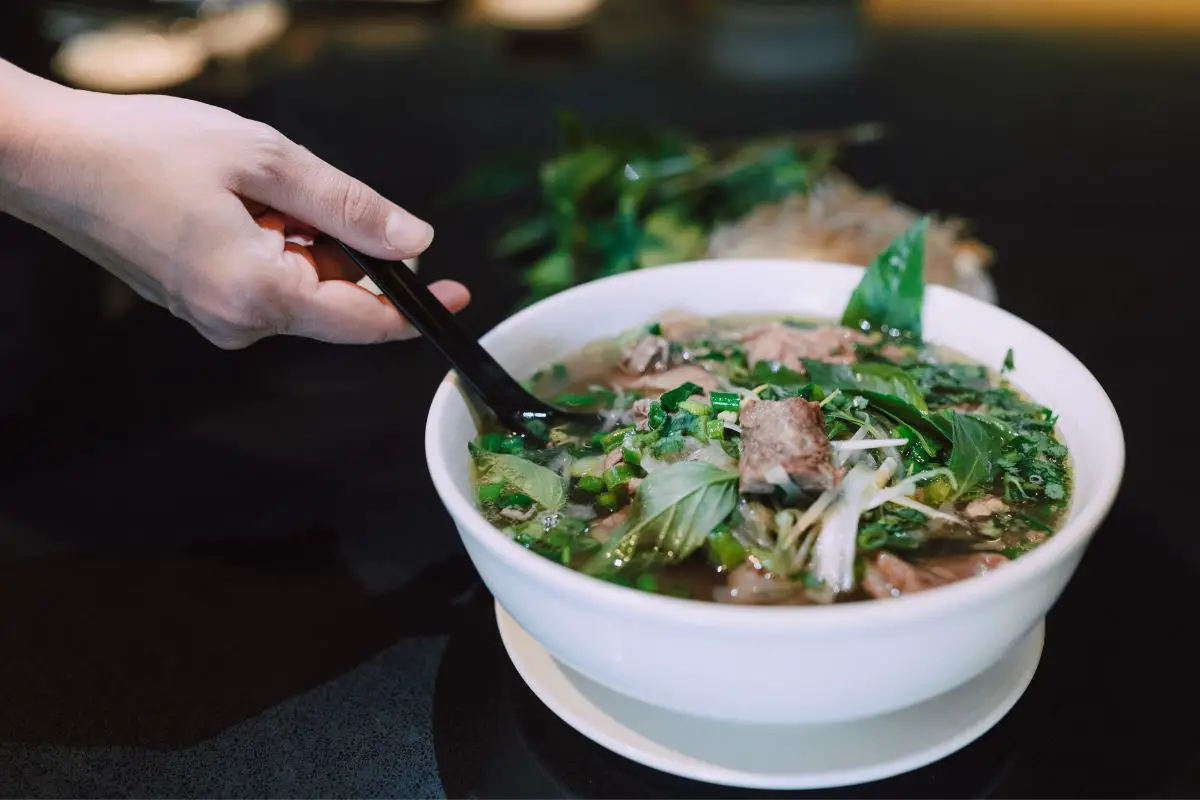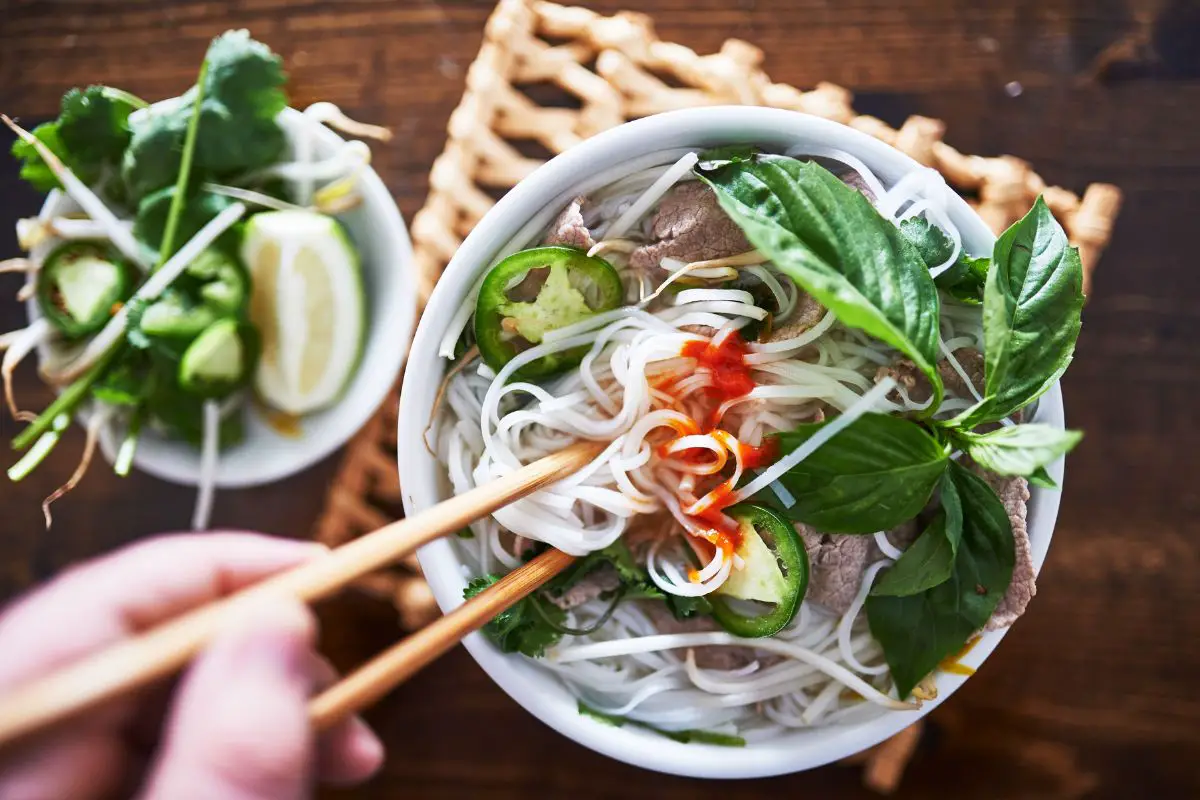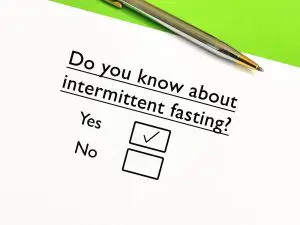These days more and more people are following ‘keto’ diets, which are extremely low in carbohydrates.
The goal is to induce a state of ketosis, where the body burns fat, rather than the glucose gleaned from carbohydrates, as its main fuel source.
Naturally, following such a strict low-carb diet rules out a lot of the world’s most popular foodstuffs, like bread, pasta, and rice.
This often leaves people following a keto diet with a whole bunch of questions about what they can and can’t eat. In this article, we’ll be looking at the Vietnamese dish pho.
Is it keto? Luckily for you, you’ve come to the right place to find out. First, however, what exactly is pho?
What Is Pho?
Pho, pronounced ‘fuh’, is a Vietnamese broth. It typically contains bone broth, meat, spices, and rice noodles.
Contrary to popular belief, pho is actually a relatively modern invention, a product of the confluence of influences in Vietnam in the 19th century; Chinese, French, and of course, Vietnamese.
In recent years pho has spread its wings, and the dish is now popular across the world, particularly in Western cities with large Vietnamese immigrant populations.
A bowl of hot pho on a cold day really is delicious, but is it suitable for those on keto diets?
Is Pho Keto Friendly?

Pho, as it is traditionally served with rice noodles, is not keto friendly.
That’s because the rice noodles, one of the key ingredients providing much of the bulk of the dish, are very high in carbohydrates.
Don’t get us wrong, the rice noodles are pretty nutritious. A single cup contains 190 calories and 3.2 grams of protein, for example.
But that same cup also contains 42 grams of carbohydrates, which is more than a cup of cooked, unsalted spaghetti (40 grams of carbs) or a medium white potato (33 grams).
In other words, as carb-laden foods go, rice noodles are pretty near the top of the spectrum.
And if the rice noodles are out, that means the whole bowl of pho, as typically served in a restaurant, is out too.
However, keto diets are nothing if not inventive.
It’s not at all uncommon for budding keto chefs to remove or replace parts of dishes to make the whole dish keto, so the next question is whether the pho broth itself is keto friendly.
Is Pho Broth Keto Friendly?
To work out if pho broth is keto-friendly, we’ll have to get pretty forensic with the ingredients. So what goes into pho broth?
As a bone broth, pho broth is most often made with beef bones, although chicken bones are also sometimes used.
The broth is then flavored with various spices, with the most common including cinnamon sticks, coriander seed, star anise, cloves, and cardamom pods.
So far, so good- neither the animal bones nor the spices used in a typical pho broth are incompatible with a keto diet.
However, different people use slightly different ingredients in their pho broth, which is where you’ll have to be careful if you’re thinking about ordering pho without the noodles when eating out. One popular added ingredient is fish sauce.
Whilst fish sauce is compatible with keto, containing less than a gram of carbohydrates per tbsp, it’s worth noting that it does contain a pretty extraordinary amount of sodium (that’s salt, if you didn’t know) at 1413mg per tablespoon.
It won’t knock you out of ketosis, but it’s worth bearing in mind as someone conscious of what they’re putting into their body.
Another thing to be wary of when ordering pho broth at a restaurant is added sugar.
It’s not all that common, but some places do add extra sugar to sweeten the broth a little, which is of course not good for people following keto diets.
In general, it’s best to just ask. If you’re not sure whether the pho broth will be compatible with your keto diet, asking the right questions can go a long way to helping you make an informed decision.
Is Pho Healthy?

Now that we’ve established that pho broth is keto-friendly, it’s probably worth asking if it is healthy!
For starters, pho is a comparatively low-calorie dish. So, if the motivation for your keto diet is losing weight, noodle-less pho is an excellent choice.
Even though it is low-calorie, pho is extremely nutritious and has a number of health benefits.
For example, the bone stock used contains several substances that are important for joint health, and can help to prevent the development of painful joint conditions like arthritis in later life.
Ginger, which is often but not always used, is a natural anti-inflammatory.
That means turning to a bowl of pho when you’re ill or otherwise suffering from inflammation is a great choice.
And, of course, there’s the range of herbs and spices that go into the broth like basil, green onions, chili peppers, and others, that are chock full of all the vitamins and minerals your body needs to stay healthy.
Rice Noodle Alternatives
This isn’t likely to be an option at the restaurant, but if you’re interested in making your own keto-friendly pho, you can get creative and swap the rice noodles for your own, keto-friendly noodles!
One of the best ways to do this is to use a vegetable spiralizer.
This way, you can make your own carrot noodles, broccoli stem noodles, or even turnip noodles.
The best vegetable that works best, though- and has the lowest carb count to boot- is the zucchini.
Zucchini noodles might not taste exactly the same, and the texture is a little different, but as keto-friendly noodles go you can’t beat it.
Another greater choice is shirataki noodles, made from the konjac plant.
They’re extremely low in both calories and carbohydrates, largely because they are 97% water.
Yet, they are extremely filling and a great alternative to regular noodles. The only issue is that they can be a little tricky to get hold of in western countries.
Final Thoughts
Whilst pho as it is normally served, complete with rice noodles, is not keto-friendly, the pho broth itself is.
This means you can either just stick to the broth, or replace the rice noodles with keto-friendly veggie noodles. And why wouldn’t you? Pho is tasty, healthy, and nutritious.




